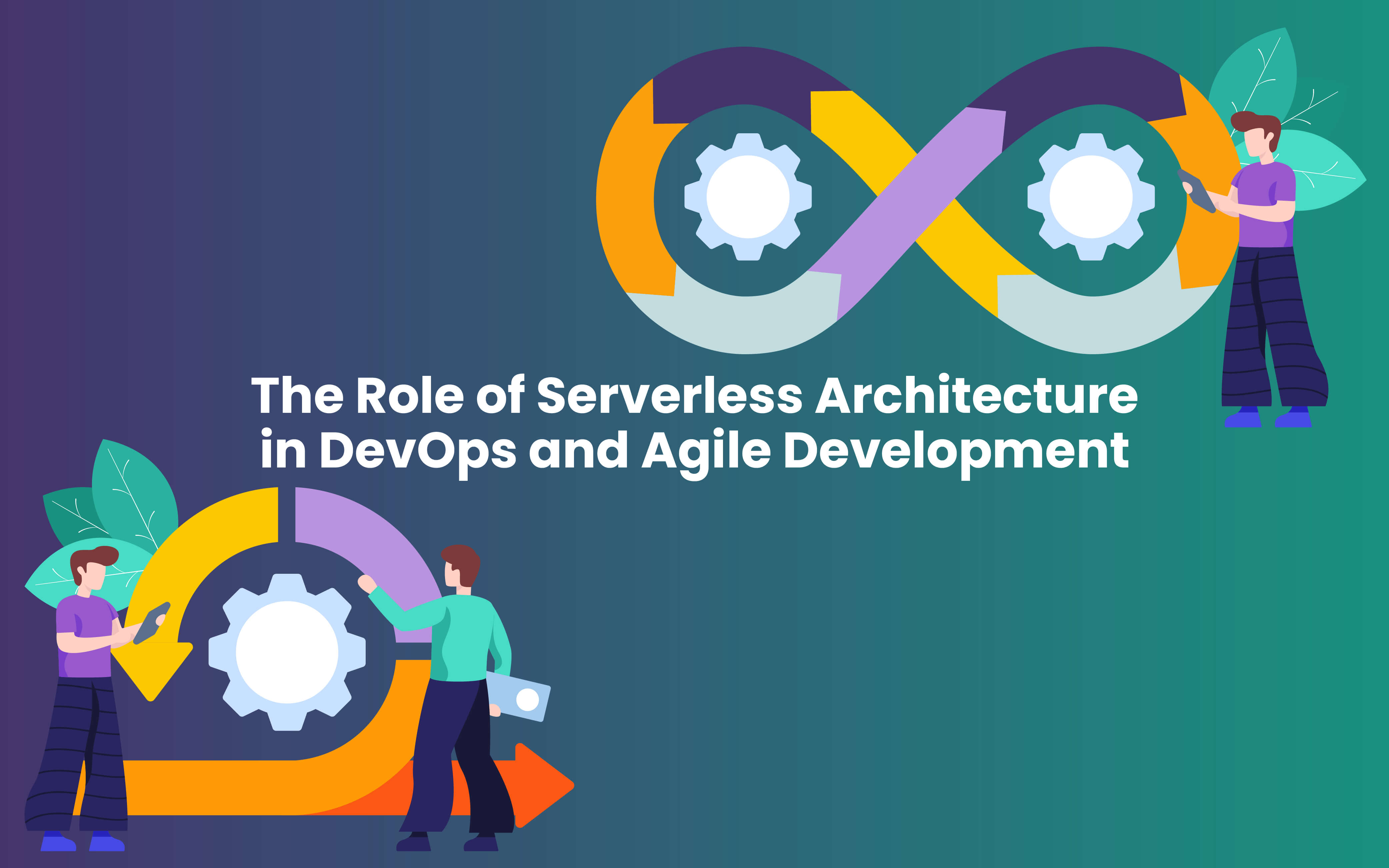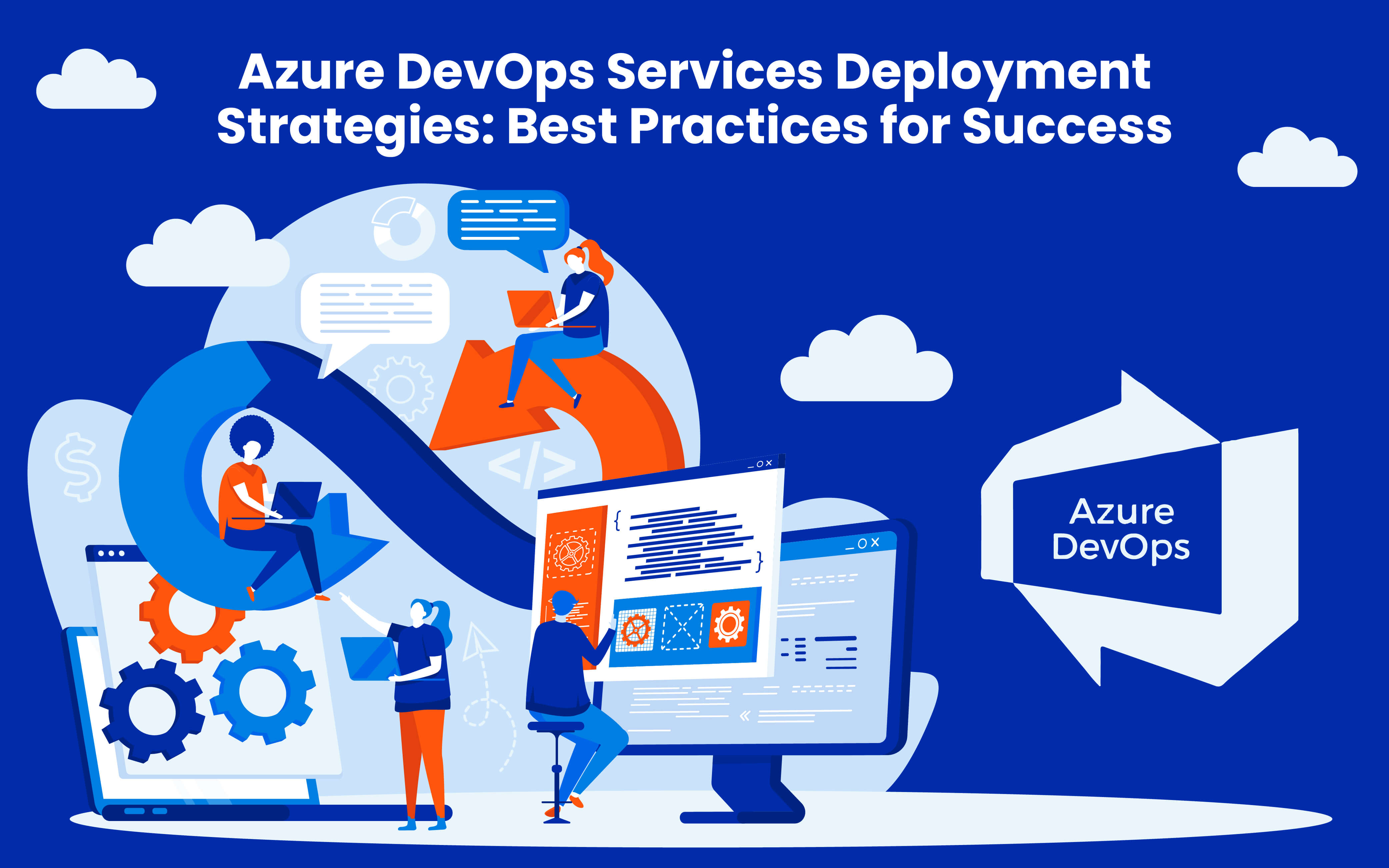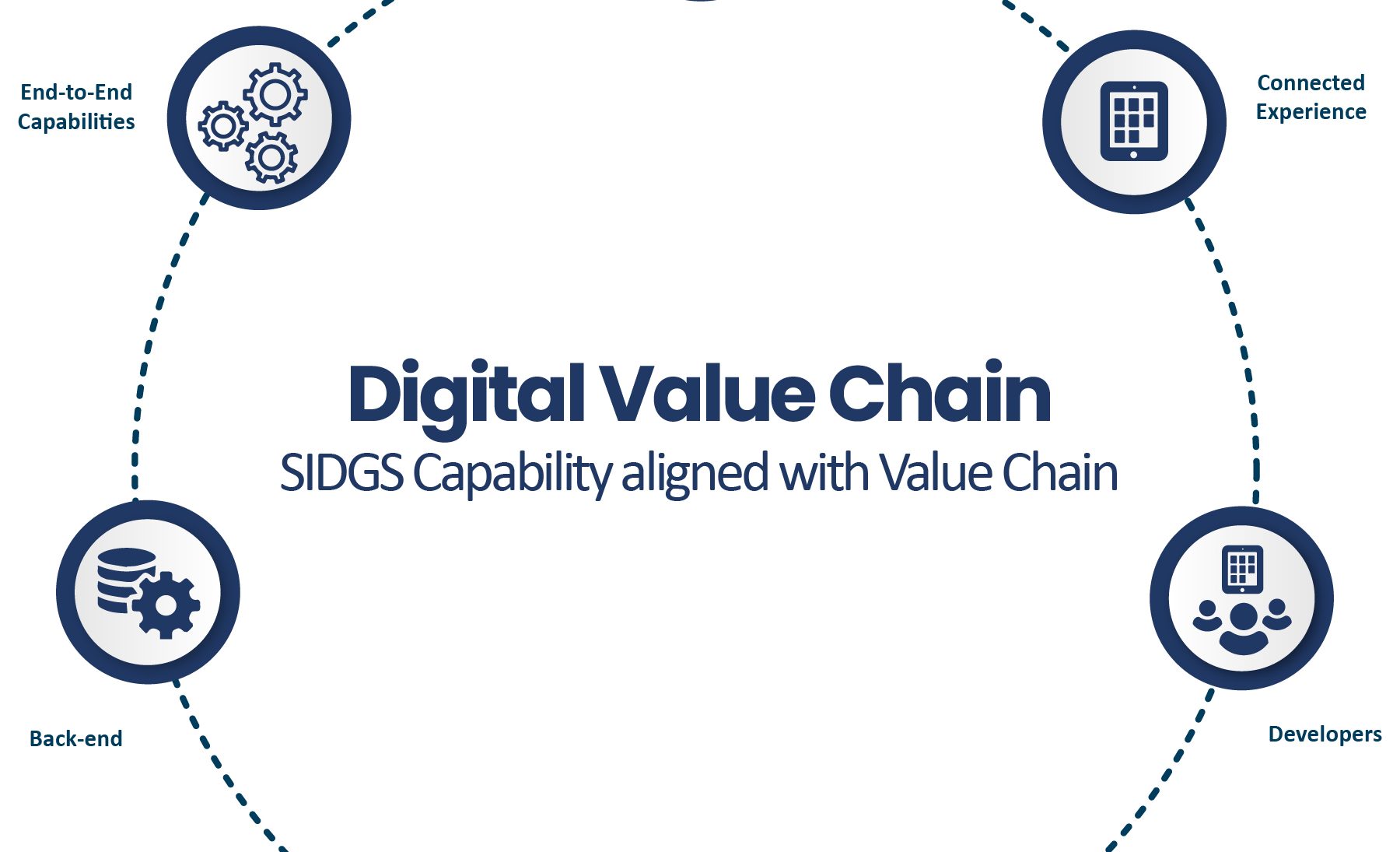Blogs
To know about all things Digitisation and Innovation read our blogs here.
DevOps
The Role of Serverless Architecture in DevOps and Agile Development
SID Global Solutions
13 March 2023

Serverless architecture has become increasingly popular over the past few years, thanks to its ability to reduce operational overhead, scale efficiently, and support microservices. With its event-driven nature, it is also ideal for agile development and continuous integration/continuous delivery (CI/CD) processes. In this guide, we will explore the role of serverless architecture in DevOps and agile development, and how it can help organizations achieve their goals in both the present and the future.
What is Serverless Architecture?
Before diving into the specifics of how serverless architecture fits into DevOps and agile development, it’s important to understand what it is. Serverless architecture is a cloud-based computing model where developers write and deploy code that runs in response to events triggered by other services or applications. Instead of managing servers and infrastructure, the cloud provider takes care of all the underlying infrastructure, scaling, and maintenance. This allows developers to focus on writing code and building applications without worrying about the underlying infrastructure.
Also Read: Azure DevOps Services Deployment Strategies: Best Practices for Success
Benefits of Serverless Architecture for DevOps and Agile Development
Serverless architecture offers several benefits for organizations looking to adopt DevOps and agile development methodologies. Here are some of the key benefits:
- Faster Time to Market: Serverless architecture allows developers to focus on writing code and building applications without worrying about managing the underlying infrastructure. This results in faster development cycles, shorter time to market, and quicker response times to changing business needs.
- Lower Operational Overhead: With serverless architecture, the cloud provider takes care of all the underlying infrastructure, scaling, and maintenance. This means that organizations don’t have to worry about managing servers, configuring load balancers, or patching operating systems. This reduces operational overhead and allows teams to focus on innovation and adding value to the business.
- Greater Scalability: Serverless architecture is inherently scalable. It automatically scales up or down based on demand, ensuring that applications can handle sudden spikes in traffic or usage. This makes it ideal for microservices and distributed applications that need to scale quickly and efficiently.
- Reduced Costs: Serverless architecture can be more cost-effective than traditional infrastructure because organizations only pay for the resources they use. With traditional infrastructure, organizations have to pay for the entire infrastructure even if they only use a fraction of it. With serverless architecture, organizations only pay for the resources they use when they use them.
- Improved Security: Serverless architecture can improve security because organizations don’t have to worry about managing the underlying infrastructure. This reduces the risk of security breaches and ensures that applications are always up to date with the latest security patches.
Also Read: The Future of Digital Transformation Solutions: Microservices and Beyond
How Serverless Architecture Fits into DevOps and Agile Development?
Serverless architecture is an ideal fit for DevOps and agile development because it supports the principles of both methodologies. Here are some of the ways serverless architecture fits into DevOps and agile development:
- Continuous Integration/Continuous Delivery (CI/CD): Serverless architecture supports CI/CD processes because it allows developers to deploy code quickly and easily. With serverless architecture, developers can write code, test it, and deploy it to production in a matter of minutes.
- Microservices: Serverless architecture is ideal for microservices because it allows developers to break applications down into smaller, more manageable components. This makes it easier to develop, test, and deploy individual components without affecting the entire application.
- Event-Driven Architecture: Serverless architecture is event-driven, which means that it can respond to events triggered by other services or applications. This makes it ideal for real-time applications and services that need to respond quickly to changing conditions.
- Automation: Serverless architecture supports automation because it allows developers to write code that automatically responds to events triggered by other services or applications. This reduces the need for manual intervention and ensures that applications can scale and respond quickly to changing conditions.
The Future of Serverless Architecture in DevOps and Agile Development
As organizations continue to adopt DevOps and agile development methodologies, serverless architecture will become even more important in the future. Here are some of the ways that serverless architecture is likely to evolve:
- Improved Performance: Serverless architecture is already fast, but as cloud providers continue to invest in their infrastructure, it is likely to become even faster. This will allow organizations to build even more responsive and high-performing applications.
- Increased Adoption: As more organizations adopt DevOps and agile development methodologies, serverless architecture will become more popular. This will result in increased competition among cloud providers and more innovation in the serverless space.
- Greater Integration: Serverless architecture will become even more integrated with other DevOps and agile development tools. This will make it easier for developers to build and deploy serverless applications using their existing tools and workflows.
- More Services and Tools: As serverless architecture becomes more popular, cloud providers will likely offer even more services and tools to support it. This will make it easier for developers to build and deploy serverless applications, and will further reduce the operational overhead associated with managing infrastructure.
Also Read: Digital Transformation: How a Modern Tech Stack Can Drive Success?
Conclusion
Serverless architecture is an ideal fit for DevOps and agile development because it allows developers to focus on writing code and building applications without worrying about managing infrastructure. It offers several benefits, including faster time to market, lower operational overhead, greater scalability, reduced costs, and improved security. As organizations continue to adopt DevOps and agile development methodologies, serverless architecture will become even more important in the future. By embracing serverless architecture, organizations can build more responsive, high-performing applications and stay competitive in an ever-changing marketplace.









